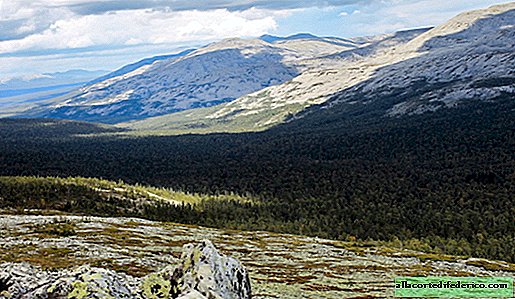Underground CO2 injection technology faces public rejection
The international community, seriously concerned about the excess of greenhouse gases, calls on countries that are major producers of pollutants to comply with quotas. In order to fit into the standards, many European countries have to develop a number of measures to reduce CO emissions.2, and one of them is the injection of gas into underground storage facilities.

It may seem unbelievable, but gas injection into underground tanks, along with the introduction of alternative energy and green technologies, was recognized as an effective and, most importantly, safe means of reducing CO emissions2. Underground reservoirs may be voids remaining after mining, or any other natural reservoirs located underground. Proponents of this method of carbon dioxide utilization believe that storing gas in underground storages is safe and that gas in this condition can be stored for at least 100,000 years. Such conclusions were drawn from observations of natural carbon dioxide reservoirs. Despite the fact that a number of experts claim that gas can leak back into the atmosphere or even cause an earthquake for one reason or another, such projects are already being implemented by some countries of the world.
The leader in this industry is the Norwegian company Statoil, which conducts hydrocarbon production in the North Sea. For more than 20 years, there has been an underground carbon dioxide storage at the Sleipnir field, which is a by-product of natural gas production here. A layer of impermeable rocks protects the underground storage from gas leaks, and scientists monitoring the condition of the storage assure that there is no cause for concern. Similar storage facilities exist in some other fields, and most European politicians favor an increase in their number.

But underground storage facilities seem to be an advantageous option only for officials and industrial enterprises, while ordinary Europeans are very distrustful of the introduction of such technologies. This is confirmed by the mass protests in Germany and Norway, because of which the leadership of these countries had to cancel the planned construction of storage facilities. People, not without reason, believe that the tightness of the storehouse can be damaged as a result of natural or man-made disasters, and then a huge amount of toxic gas will burst out.
But you still have to do something with gas, because, as measurements show, the average annual temperature on the globe over the past century has increased by 1.5 degrees. This is a very significant indicator, which indicates global climate change occurring on Earth. Industrialized countries, the main suppliers of JI2 into the atmosphere, they are feverishly looking for ways to solve the problem, but at the moment these efforts, unfortunately, are not enough.

















